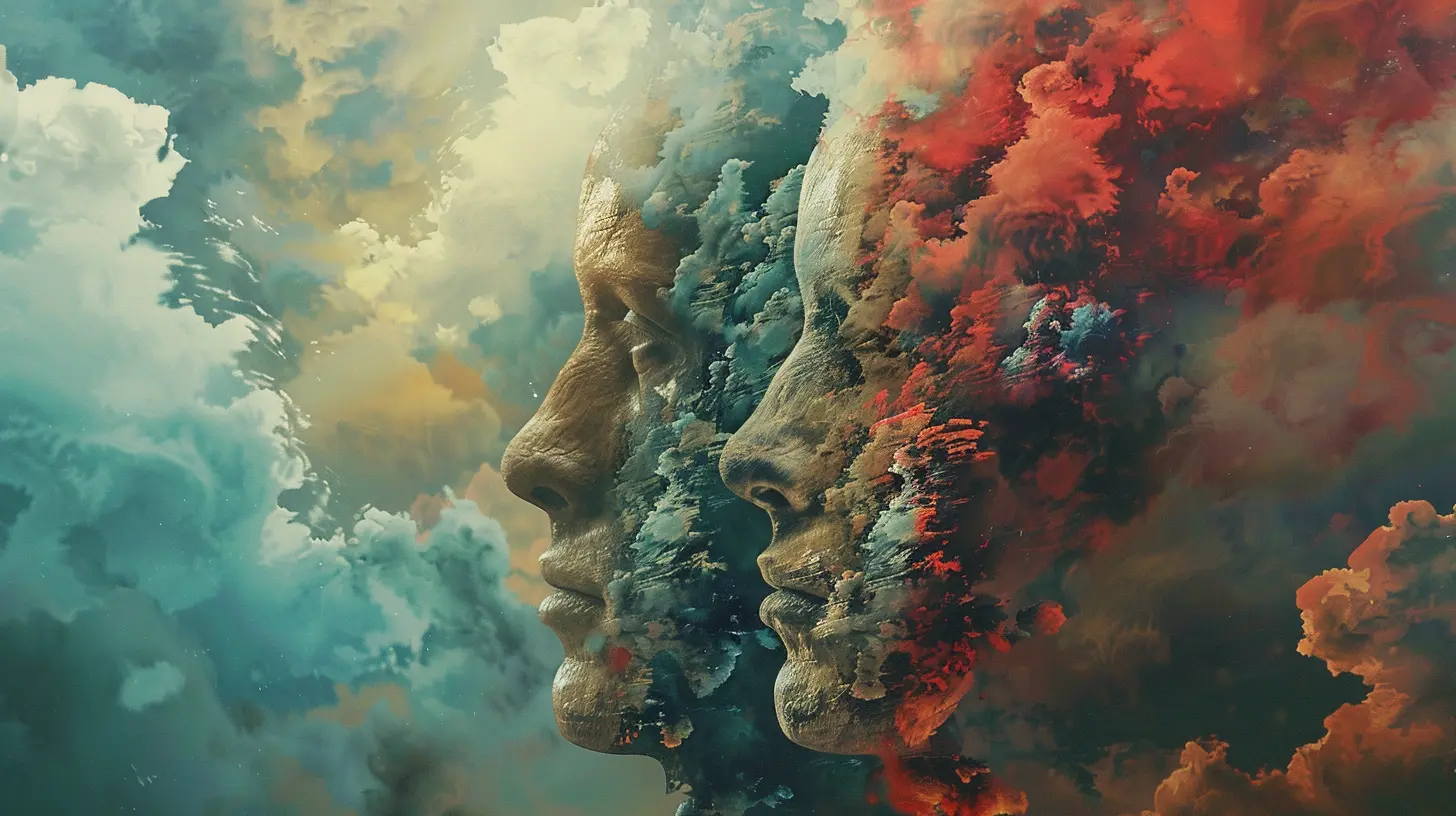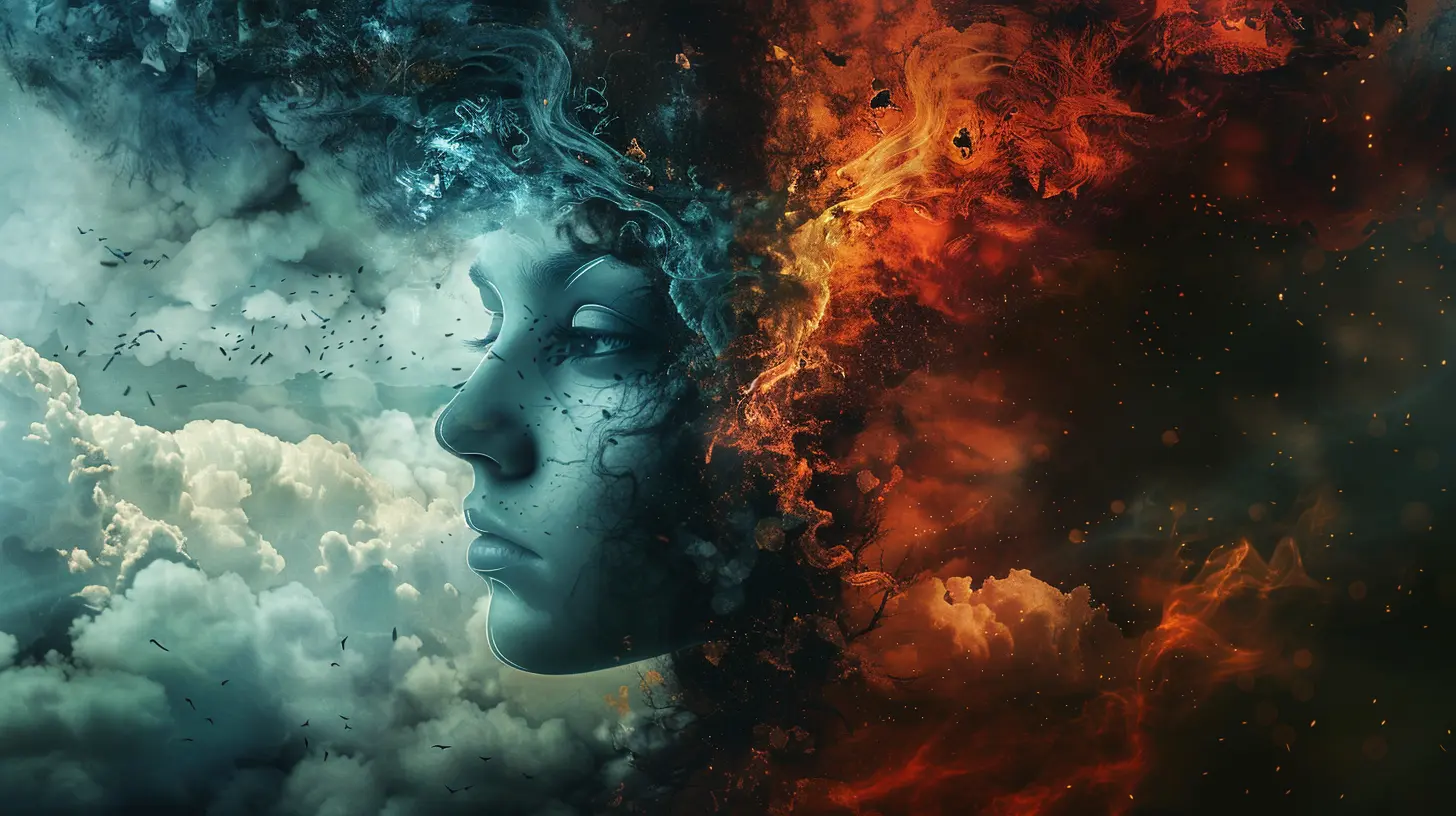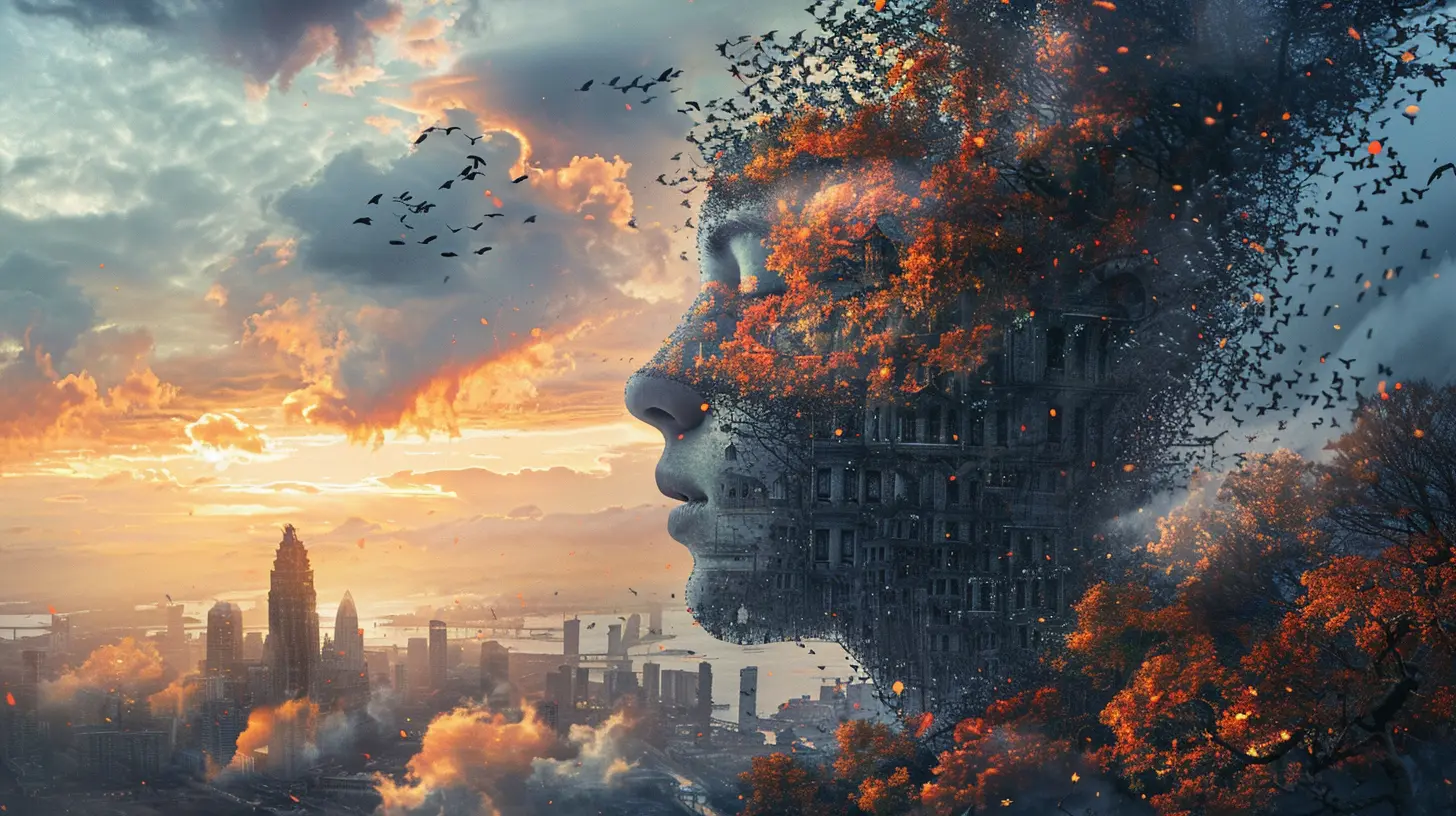The Role of Symbols in Psychoanalytic Interpretation
19 June 2025
Ever had a bizarre dream where you're riding a giant banana through a thunderstorm, only to wake up thinking, "Well, that was weird"? You're not alone. Freud would have had a field day with that one. Welcome to the world of psychoanalysis, where even your dreams have a hidden agenda and your subconscious loves to play charades using symbols.
In this article, we’ll dive deep (not too deep, don’t worry!) into the quirky, fascinating, and sometimes eyebrow-raising role symbols play in psychoanalytic interpretation. Don’t worry if you’re not a psychology nerd—we’ll keep it light-hearted, curious, and totally jargon-lite.
What Are Symbols, Anyway?
Let’s start at the beginning. A symbol is basically anything that stands in for something else—like how a heart emoji ❤️ means “I love you,” even if nobody’s actually handing out real organs.In psychoanalysis, symbols usually pop up in dreams, fantasies, slip-ups (hello, Freudian slips), and creative expressions. But unlike clear symbols like stop signs or emojis, the ones hiding in your unconscious are sneakier. They’re like metaphors your brain uses without telling you—imagine your inner mind is speaking “symbol-ese.”
Why Are Symbols So Darn Important in Psychoanalysis?
Here’s the big idea: your unconscious mind has a lot to say, but it doesn’t speak plain English. It communicates in symbols. Think of it like that friend who only talks in riddles—annoying, intriguing, and always a puzzle.When a psychoanalyst sits across from a client, they’re essentially trying to crack those riddles. What does that recurring dream about flying mean? Why do you keep obsessing over losing your teeth? These aren’t random—they’re symbolic.
The Unconscious Loves Symbols
Freud believed that a big part of your mind—your unconscious—is like a rebellious teenager: full of desires, fears, and memories it’s not allowed to express openly. So, it gets creative. Enter symbols. They’re the costume your inner thoughts wear to sneak past your internal censors.Dreams are one of the unconscious’s favorite playgrounds. And in that dream world, nothing is what it seems. A snake might not be just a snake (ahem), and water might signify emotional turmoil. It's like your brain is throwing a masquerade ball every night.
The OG Symbol Sleuth: Sigmund Freud
Let’s give credit where it’s due. Freud was the original dream detective. He introduced the idea that dreams are the “royal road to the unconscious,” and he saw symbols as breadcrumbs leading back to hidden desires, especially the taboo or repressed ones.Freud wasn’t shy about his interpretations—he famously saw many symbols as pointing back to sex (surprise, surprise). Trains entering tunnels… umbrellas… you get the idea. To Freud, symbols in dreams were your brain’s cheeky way of expressing desires without getting you into trouble.
Jung’s Take: Symbols of the Soul
Now, Carl Jung—Freud's former buddy turned rival—had a more spiritual spin on things. He believed symbols weren’t just personal but also universal. He called these shared symbols “archetypes,” and they show up in myths, religions, and dreams the world over.Jung thought your psyche was like a deep ocean. The top layer is your conscious mind, but underneath lies a shared unconscious that unites all humans. That’s where symbols like the “Wise Old Man,” the “Shadow,” or the “Great Mother” hang out.
Archetypal Symbols Are Everywhere
Think about how many movies feature a hero's journey, a wicked villain, or a wise mentor. Those characters are archetypes—they resonate with us on a deep level because they symbolize something universal about human experience.So while Freud hunted for personal secrets in symbols, Jung was more like an Indiana Jones of the soul, uncovering profound truths about humanity.
Symbolism in Everyday Life
Okay, you might be thinking, “Cool, but I’m not lying on a couch talking about my childhood. How does this matter to me?”Glad you asked!
Symbols sneak into your everyday life all the time—you just don’t notice it. Ever reacted strongly to a song, a scent, or a specific image and not known exactly why? That’s your unconscious nudging you.
Emotional Reactions as Symbolic Triggers
Suppose you get irrationally anxious every time you see a blue car. Seems random, right? But maybe, just maybe, a blue car was involved in a traumatic event years ago. Now the car is a symbol—your brain’s shorthand for danger or loss.These symbolic associations often don’t make sense logically, but they make perfect sense emotionally. That’s what makes them so powerful—and a little tricky to uncover.
So… How Do Therapists Use Symbols?
When therapists go all-in on psychoanalytic interpretation, they’re not hunting for ghosts. They’re gently helping clients notice patterns, images, and recurring themes in their thoughts, words, and dreams.Example Time!
Let’s say a client keeps dreaming of being lost in a forest. They feel scared, isolated, and directionless. To the therapist, that forest might symbolize the client's feelings about a confusing life transition—maybe a breakup or a job change. It’s not about the forest itself but what it emotionally represents.This symbolic decoding helps clients connect dots they didn’t even know existed. And once you shed light on a symbol, it often loses its grip.
Symbols Don’t Always Have One Job
Here’s the fun (and annoying) thing about symbols—they’re flexible. They can carry multiple meanings depending on the person and the context. A dog might symbolize loyalty to one person and fear to another. There’s no one-size-fits-all decoding here.That’s why therapists don’t just whip out a dream dictionary and call it a day (though admit it, those are fun to flip through). Instead, they explore how each symbol feels to the client. It’s less about finding THE answer and more about opening up emotional insight.
Creative Expression and Symbolism
If you’re into art, journaling, or even just doodling during meetings (you rebel), you’re already engaging with symbolism. Creative expression is a goldmine for uncovering what’s simmering beneath the surface.Art Therapy: Where Symbols Come to Life
In art therapy, clients often draw, paint, or sculpt symbols from their inner world—often without realizing what they’re depicting. Later, discussing what the images mean can be wildly illuminating.Made a clay monster with giant eyes and a tiny mouth? Maybe you’re feeling hyper-aware of judgment but struggling to speak up. Boom—symbol decoded!
The Good News About All This
Here’s the uplifting bit: Symbols aren’t just messengers of trauma or repression. They’re also guides, healers, and storytellers. When you start to notice and interpret the symbols in your inner world, you gain insight, clarity, and emotional freedom.It’s like finding a treasure map to your own psyche. And instead of gold, the X marks awareness, healing, and personal growth.
How You Can Start Noticing Your Own Symbols
Ready to peek behind the curtain of your subconscious? Here are a few easy ways to start tuning into your symbolic mind:1. Keep a Dream Journal
Right when you wake up, jot down whatever you remember—yes, even the weird stuff. Patterns will start to emerge.2. Pay Attention to Emotional Hotspots
If something makes you feel disproportionately strong emotions, pause and ask, “What could this really be about?”3. Reflect On Repeating Patterns
Do certain themes pop up across your relationships, fears, or fantasies? There’s likely symbolic gold there.4. Get Creative
Draw, dance, write poems, bake chaotic cakes—whatever feels right. Then step back and see what symbols emerged.Final Thoughts: Embrace the Mystery
Symbols aren’t puzzles to “solve”—they’re bridges between your conscious mind and your deeper truths. They’re the way your psyche whispers secrets, offers support, and gently asks for your attention.So next time you have a strange dream or an emotional reaction that makes no sense, instead of brushing it off, lean in. Ask yourself what your inner world might be trying to tell you—symbolically, of course.
You might be surprised at what you find.
all images in this post were generated using AI tools
Category:
PsychoanalysisAuthor:

Matilda Whitley
Discussion
rate this article
2 comments
Amelia Roberts
Symbols reveal the unconscious, bridging thought and emotion.
October 2, 2025 at 4:25 AM

Matilda Whitley
Thank you for your insightful comment! Indeed, symbols serve as a powerful link between our thoughts and emotions, allowing for deeper understanding in psychoanalytic interpretation.
Whitney McTavish
Symbols in psychoanalysis serve as profound gateways to unconscious thoughts, revealing deeper emotional truths and conflicts.
June 20, 2025 at 4:26 PM

Matilda Whitley
Thank you for your insightful comment! Indeed, symbols in psychoanalysis are crucial for uncovering the complexities of the unconscious and understanding our emotional landscapes.


